Pranayama is a special breathing exercise used in yoga to purify the "subtle body," improving the movement of prana (vital energy) through the Nadi (canal system).
What is Pranayama?
The word "pranayama" can be interpreted in several senses.
If we consider it in Sanskrit, then "Pranayama" consists of two words: "Prana" and "Pit". Prana is life energy, life, breathing. Pit - control, control, stop. Proceeding from such translation, pranayama should be understood as a special system of conscious control over breathing, which is expressed in the performance of breathing exercises.
There is another way of interpreting pranayama. Again, there is the word "prana" denoting energy, and "ayama", understood as distribution, accumulation, increase. So pranayama is a technique that allows you to increase and accumulate vital energy.
Anyway, pranayama is a special breathing technique, which includes the rules of performance and various exercises, each of which has a physiological and psychological effect. In different directions of yoga, pranayama is used to achieve the stability of the mind, spiritual balance, maximum concentration. In order to be physically and spiritually ready to perform breathing exercises, you should go through the stage of mastering asanas. Also, pranayama and visualization are sometimes practiced. For example, one can imagine how the prana moves in the form of a red or white glowing stream along the chakras.
There are several basic concepts in the practice of pranayama that you need to know:
Inhalation (Puraka) : the process of drawing in air with both nostrils at a distance of 16 fingers in front of you. This should not be accompanied by any sounds.
Kumbhaka (breath holding in the navel area) : exhalation should be delayed by the effort of will so that the prana would remain in its natural concentration sites.
Filling : tightening the air on the breath until the end of the lungs. This reduces the diaphragm, which helps lift the chest so that it resembles a clay pot. This state is kept as long as it turns out.
Equalization : when it is already impossible to keep air in the lungs, it is necessary to draw in the air with small and short inhalations. During this, it is necessary to distribute air to the right and to the left in order to equalize the expansion of the lungs.
Exhalation (Rechaka): when it is impossible to continue the alignment, the yogi should begin to exhale slowly, to exhale sharply and quickly in the middle, and then exhale gently to complete the exhalation.
As stated in the Hatha Yoga Pradipika, pranayama should be practiced daily, with bright thoughts and a benevolent mood. Also, do not perform breathing exercises hungry or very full. It's enough to eat a little oil before a pranayama and drink some milk. Only so the pollution of the nadi will be eliminated by purification.
Types of Pranayama
There are many types of pranayama. We will distinguish some of them:
- Vraman Pranayama - healing breath when walking. Exercise helps to saturate the blood with oxygen, which improves the work of many organs and strengthens the immune system.
- Vrajana Pranayama is also a breathing exercise when walking. The inhalation should be carried out deeply, smoothly and slowly in four steps, then breathe out without delay, counting to six. In this case, the breath should be complete.
- Ujaya Pranayama is an exercise for the vocal cords, which can be performed while sitting, standing while walking. It is necessary with a closed mouth to inhale so that the breath is felt from the throat and to the heart. In this case, a loud sound should appear. The word "Uji" is translated as "victorious".
- Anuloma Pranayama prong is a very simple, but effective technique for "breaking" the mind. It assumes the alternate closing of the nostrils with inhalation and exhalation and complete closure of the nose with a delay in breathing. At the same time, you need to be as relaxed as possible and take the appropriate pose - Padmasana (" Lotus ").
- Apanasati Pranayama is the practice of calming the mind and controlling thoughts. It is believed that the Buddha Shakyamuni himself shared this pranayama with his disciples. It is better to perform an exercise in the asanas of Padmasana or Siddhasana.
- Pranayama bhastrika - contributes to the strengthening of internal fire, warming up the subtle and physical body. Kindles Ajna (Fire) and stimulates the Sahasrara chakra.
- Sitali Pranayama - cooling breath. Slows the flow of blood, which helps with sweating and skin diseases. In the cold season, you should practice very carefully.
- Nadi Shodhana Pranayama - eliminates energy "congestion" . Relaxes the body and pacifies the mind. This is a cleansing exercise performed as alternate breaths of the right and left nostrils.
- Viloma pranayama - inhalations can be performed both in a yogic position and during walking, lying down or sitting on a low stool. It also suggests safe breath retardation.
- Pranayama kapalabhati ("Radiance of the skull") is also called the technique of "cleansing the front of the brain". Breathing is similar to the work of forging bellows. Exercise increases the strength of the brain and activates in it the centers responsible for the perception of the spiritual side of the universe. Technique of execution.
- Surya bhedana pranayama - accelerates the digestive processes, increases the level of heat in the body. The name of this exercise can be translated literally as "penetrating sun". The exhalations and exhalations are carried out through the nostrils.
- Sahaja Pranayama - breath on the back. Develops the heart and lungs, prevents the occurrence of a cough and the development of colds, relieves the condition of patients with rheumatism.
There are many other pranayamas: kantali, sukh-purvaka, sahita-kumbhaka and others.
To perform pranayama you need to be ready, as these are very serious techniques for influencing the spiritual and physical aspects.
It is necessary to go through a number of stages, which are a kind of preparation for breathing exercises. Only in this way, they will be extremely useful.
Pranayama Techniques
The main techniques of pranayama used in yoga are as follows:
- Antar-Kumbhaka: delay of breathing after inhalation and before exhalation;
- Bahya-Kumbhaka: the realization of a delay in breathing before inhaling after exhalation;
- Anuloma-krama-Pranayama: is performed in parts: inhale-delay-inhale-delay-exhale and so on;
- Viloma-Krama: also performed in parts, but somewhat differently: exhalation-delay-exhalation-delay-inhalation;
- Pratiloma: both techniques are used.
- We also mention two main types of pranayama, distinguished by the ratio of inhalation, exhalation, and delay in breathing.
- Sama-vriti: suitable for beginners. All elements of pranayama are performed in a uniform proportion.
- Vishama-vrittis are already more complex breathing exercises, so they are suitable only for experienced yogis . The ratio looks like 1: 4: 2. That is, the duration of exhalation is twice as long as inhalation, holding the breath longer than four times.
How breathing exercises affect the body : Benefits
The strength of pranayama is that they affect both the subtle body and the physical. We will take a closer look at how breathing exercises affect physiological processes.
Special techniques of breathing contribute to a change in the concentration of carbon dioxide and oxygen in the blood. This, in turn, affects the general state of the body and the emotional sphere of man.
Respiratory exercises work as follows:
- promote the "connection" of groups of respiratory muscles;
- massage the internal organs;
- through the sense of smell and other types of receptors affect the brain through reflex response;
- affect the work of the sympathetic and parasympathetic nervous systems.
Different types of pranayam are capable of influencing more or less the different systems of organs, expanding human capabilities, changing the state of consciousness and developing adaptive capabilities of the body. So, for example, with insomnia and other sleep disorders, you can perform soothing pranayama just before bedtime, which will be much more effective than sleeping pills.

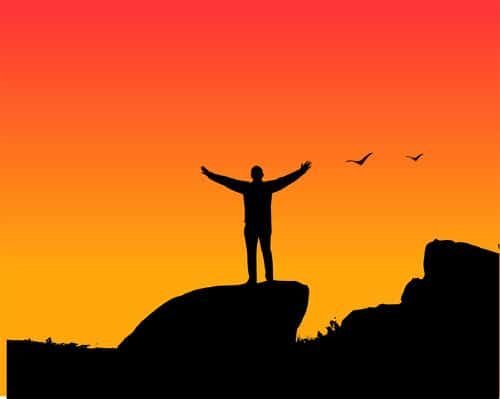



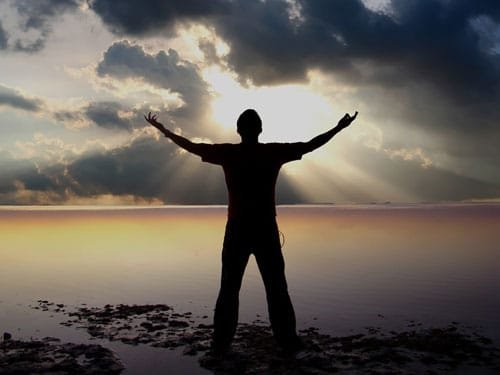
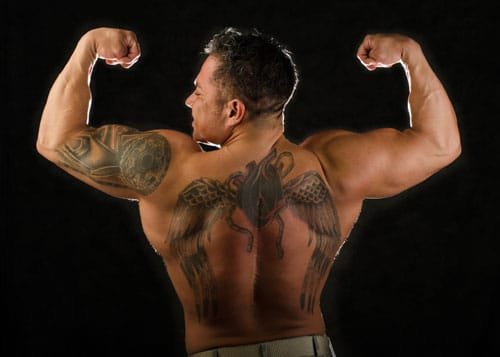








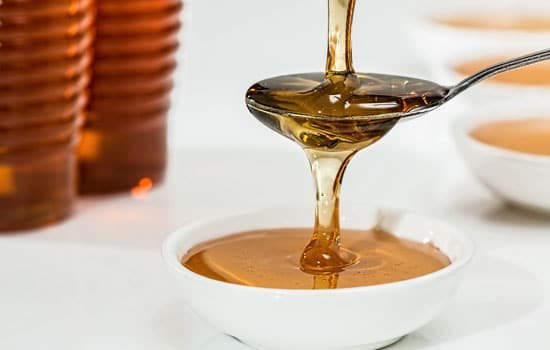



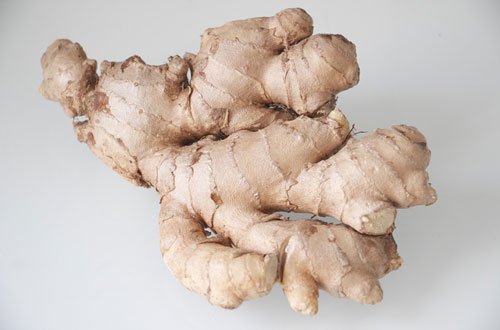



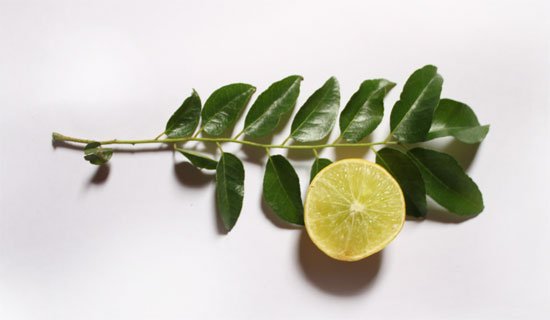









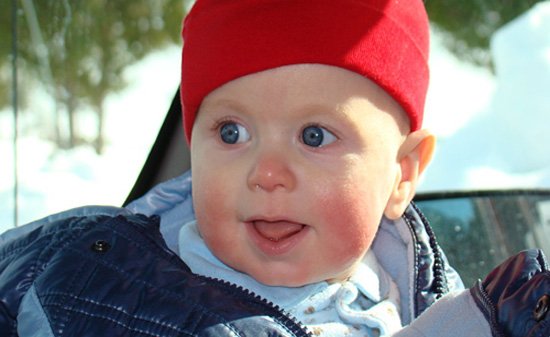







Discussion about this post